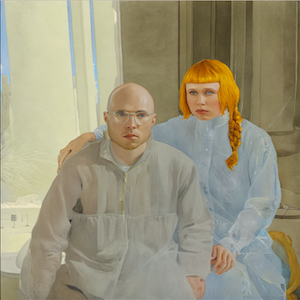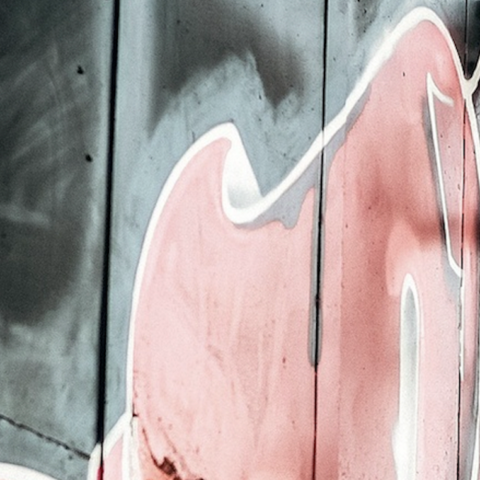Ratio; Kubrick From a Different Corner
By Anweshak Tejendra
The art of filmmaking is not something which comes naturally to all. There are many out there doing it, but only a gifted few offer a completely unique approach, proceeding to stand out from the crowd and revolutionise the conventional methods with a willingness to be different. There’s probably no better example of this than the late filmmaking genius: Stanley Kubrick.
Stanley Kubrick as a photographer for Look
You would think a man with such intellect and creative prowess would be recognised from a young age. Far from it: Kubrick struggled as a student at school, despite being bright. “I never learnt anything at school, and I never read a book for pleasure till I was 19,” he once revealed.
Studies didn’t interest him, but photography caught his eye. Then, after working as a photographer for a few years, he moved to films: a decision he would never look back on.
What happened next is no secret. Boasting some of the most distinguished films ever made (See The Shining, A Clockwork Orange or 2001: A Space Odyssey, to name a few), Kubrick’s re-invention meant that the subjects of his films were never repeated. His works went far beyond existing practices, forever changing how we put films together.
From a different breed of filmmakers altogether, Kubrick did most of the researching, writing, photographing and editing for his films himself. He remains an enigma to this day; but the man is remembered for this painstakingly meticulous approach to his craft. A perfect example is the fact that The Shining entered the Guinness Book of World Records with 127 retakes for a scene involving Shelly Duvall.
Model of the maze from The Shining
The film has also been hailed for this masterful shot with Steadicam, a camera stabilizer mount invented by Garrett Brown, who shot the scene. The technology changed cinematography forever, allowing the operator of the camera to move smoothly and steadily along with the object in focus.
He constantly used practical lighting, which even involved using fairy lights in some scenes. This was an entirely different strategy compared to the existing use of artificial lights, making the characters ‘glow’. Kubrick realised the false sense of perfection it created, with all light and no shadows, so used practical lighting to enhance realism. You can learn more about from the video below:
Another of his trademarks was the camera zoom, used expertly to provide different perspectives:
With 2001: A Space Odyssey, Kubrick’s perfectionist scientific accuracy was met with widespread acclaim. Much of how he envisioned the future came true, adding to his already colossal list of achievements.
Centrifuge model from 2001: A Space Odyssey
Kubrick moved to England in the 1960s, regressing into a state of recluse. He spent most of his time on a studio set or at home, refusing most interview requests. After building an extensive, illustrious career, he passed away in 1999, merely hours after he delivered a print of his final film, Eyes Wide Shut.
Clapperboards from Kubrick’s films
The nation where he found a home for the golden period of his career brings an exhibition which celebrates one of the greatest filmmakers of the 20th century.
BNC Mitchell camera used to shoot Barry Lyndon
The exhibition lets you relive some of the most iconic scenes from his films and unveils unseen paraphernalia from The Shining, 2001 and A Clockwork Orange – but also Barry Lyndon and Full Metal Jacket.
The war room from Dr. Strangelove or: How I Learned to Stop Worrying and Love the Bomb
Jack’s typewriter (The Shining)
Contemporary cinema is blessed with a plethora of auteurs, but few match the singularity of Stanley Kubrick. So we must look backwards and at least try to understand the enigma surrounding the man and his brilliant, mysterious mind.
Continuing the celebration of cinematic greatness, Eureka Entertainment has organised a re-release of Josef von Sternberg’s exceptional German tragicomedy The Blue Angel in cinemas across the UK.
The film was a turning point in the career of actress Marlene Dietrich, propelling her into Hollywood and making her one of the highest-paid actresses in the world. It was also critically acclaimed – Philip French (of The Observer) called it “a modern tragedy and an erotic masterpiece”.
It coincides with 100 years of Germany’s Weimer Republic government that operated from 1919-1933.
It doesn’t end there – tangentially, GANT (in collaboration with B-Reel) is set to release a feature-length documentary called Flipping the Ladder. Sometimes, it takes a few attempts to achieve greatness. Releasing on the 10th May on YouTube, it explores the idea of career change from the employee perspective, encouraging workers to be curious and never stop learning.
‘Stanley Kubrick: The Exhibition’ will run from 26/04-15/09 at London’s Design Museum
The Blue Angel will be re-released through Eureka Entertainment in cinemas on 31/05.
Flipping the Ladder appears on YouTube on 10/05: https://www.gant.co.uk/











